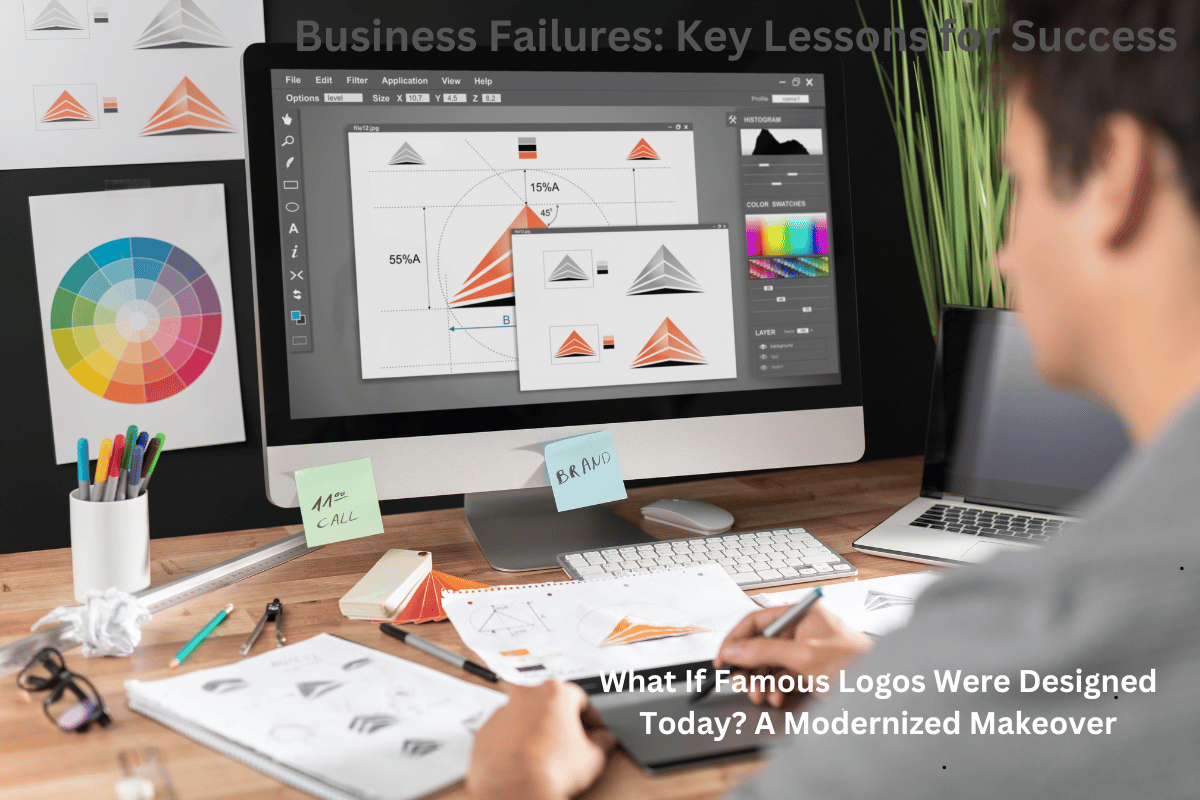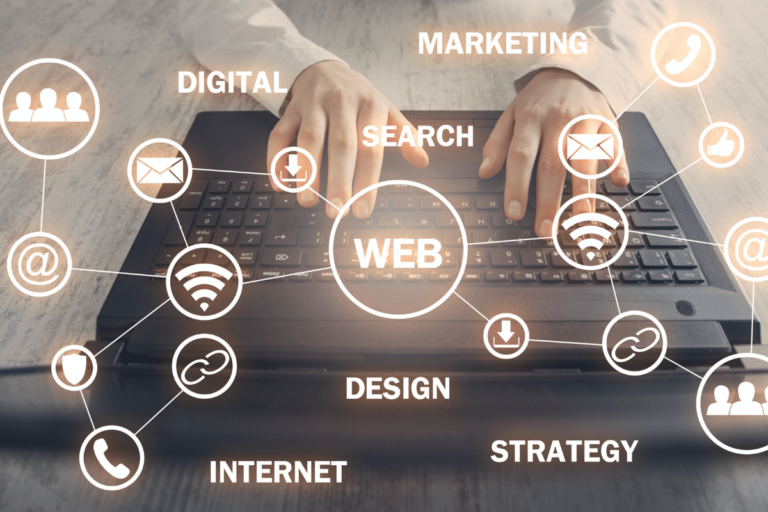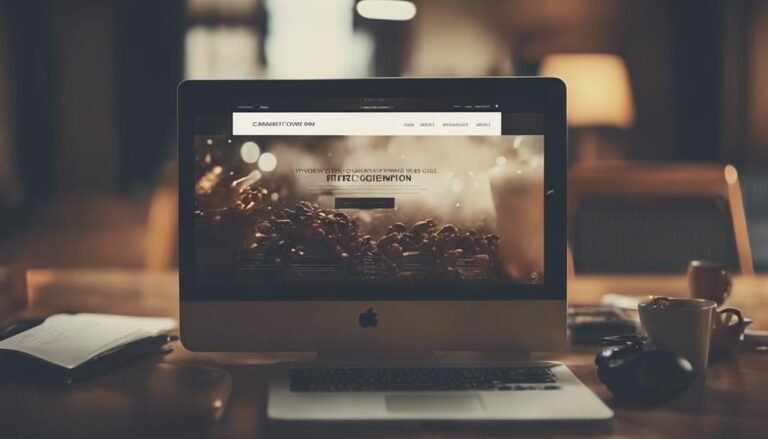What If Famous Logos Were Designed Today? A Modernized Makeover
Logos are more than just brand identifiers; they are visual statements that evolve alongside cultural, technological, and aesthetic shifts. What worked for branding decades ago may no longer be relevant in today’s fast-paced, digital-driven world. With design trends constantly evolving, it’s fascinating to imagine how some of the most iconic logos would look if they were created today.
This article has been prepared by the experts at Turbologo, a company specializing in modern branding solutions. We’ll explore the evolution of logo design and how famous logos might be reimagined using today’s design principles.
Minimalism and Adaptability: Why Modern Logos Are Getting Simpler
One of the most notable trends in contemporary logo design is minimalism. Brands are stripping away unnecessary elements, opting for cleaner, more streamlined designs that work well across digital and physical spaces. Logos now need to be scalable, adaptable, and instantly recognizable on everything from billboards to smartphone icons. With Turbo Logo, businesses can effortlessly create modern, minimalist logos that maintain clarity and impact across all platforms.
For example, major companies like Mastercard and Starbucks have simplified their logos over time, removing text and unnecessary details. If iconic brands like Coca-Cola or Ford were designed today, they would likely embrace a cleaner, less intricate look, making their identity more versatile for digital platforms.
Dynamic and Interactive Logos: Could Classic Brands Go Animated?
Static logos are becoming a thing of the past. With the rise of digital marketing and social media, brands are now creating logos that are dynamic and interactive. Animated logos that shift, transform, or react to user interactions create a more immersive brand experience.
If brands like Nike or Adidas were being designed today, they might integrate movement into their logo presentation—perhaps a swoosh that dynamically forms in motion or a three-stripe effect that reshapes depending on the medium. These elements make branding feel more alive and engaging, helping companies stand out in crowded digital landscapes.
Color Trends: How Today’s Palettes Influence Logo Design
Color plays a crucial role in branding, and recent trends favor bold gradients, neon hues, and color-shifting effects. Many brands, such as Instagram and Spotify, have embraced vibrant, futuristic gradients to appeal to younger audiences and digital-first consumers.
If legendary brands like IBM or Pepsi were designed today, their color schemes might lean toward more dynamic gradients or modernized hues that pop on screens. A shift toward adaptable color schemes also allows brands to tweak their visual identity across different platforms while maintaining recognizability.
Typography and Shapes: Simplification Over Complexity
Font choices have also changed dramatically over the years. Serif fonts, once seen as a mark of tradition and heritage, are being replaced by sleek, geometric sans-serifs. Brands prioritize legibility and clarity, ensuring their logos look crisp on high-resolution displays and mobile screens.
If brands like Disney or The New York Times were created today, they might opt for a more modern sans-serif typeface rather than their traditional ornate lettering. Logos today must communicate quickly and clearly, often sacrificing decorative elements for readability and impact.
Logos Designed for Digital Environments
With the rise of social media, mobile apps, and virtual reality, logos must function seamlessly across multiple environments. Companies now design logos that are responsive—meaning they can shrink, expand, or adapt to fit different formats without losing their identity.
If global brands like Apple or BMW were starting today, they might create logos that dynamically adjust based on the context. For instance, an e-commerce brand’s logo might subtly animate when a user hovers over it, reinforcing brand identity in an interactive way.
How Iconic Brands Might Look in 2025: Potential Redesigns
Imagining how famous logos would look today is an exciting exercise. Some brands, like Google, have already embraced modern design principles with flat, minimalist updates. But what if brands that have remained relatively unchanged took the leap?
- McDonald’s: A more stylized, fluid “M” with a simplified color palette. Perhaps even an animated version where the arches move subtly.
- Coca-Cola: A flatter, cleaner version of its script, with an adaptable gradient for a fresher feel.
- Nike: A responsive swoosh that dynamically shifts based on user interaction.
These updates would make brands more adaptable, future-proofing their visual identity while staying recognizable.
Will Logos Keep Changing? The Future of Branding
As design trends continue to evolve, brands will need to stay flexible. With the rise of AI, augmented reality (AR), and the metaverse, logos may not be limited to static visuals at all. We might see branding elements that change in real time, adjusting based on user preferences, location, or even emotions.
For example, a future Nike logo could adapt its color depending on the weather, or a Starbucks logo might glow in AR filters when scanned with a smartphone. The boundaries of branding are expanding, and companies that embrace innovation will lead the charge.
Should Brands Redesign or Respect Their Heritage?
While modernizing logos can keep brands fresh, not every company should rush to change a classic design. Some logos carry deep cultural or nostalgic value, and drastic changes can alienate loyal customers. Finding the balance between modernization and heritage is key.
Brands like Coca-Cola, Disney, and Mercedes-Benz have maintained core elements of their logos for decades, ensuring their identity remains strong. Instead of complete overhauls, these companies refine and simplify their logos while keeping their signature elements intact.
Conclusion: The Power of a Well-Timed Logo Update
If famous logos were designed today, they would likely embrace minimalism, digital adaptability, and interactive elements. However, the key to a successful logo isn’t just about following trends—it’s about staying true to the brand’s essence while evolving with the times.
As branding continues to shift toward dynamic, user-friendly experiences, companies that adapt while maintaining their identity will stand the test of time. Whether through simplification, interactivity, or digital enhancements, logos of the future will be more than just symbols—they will be living, evolving brand experiences.







